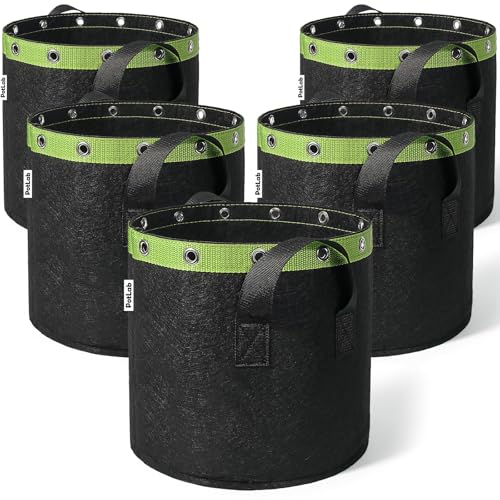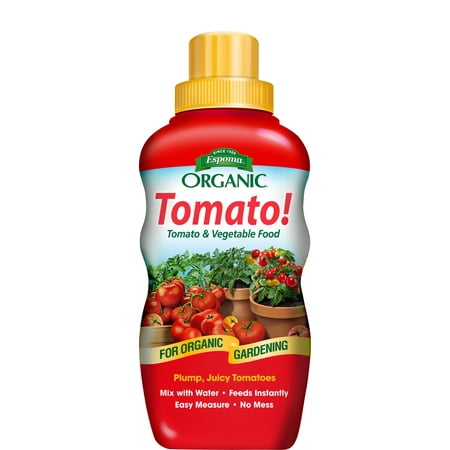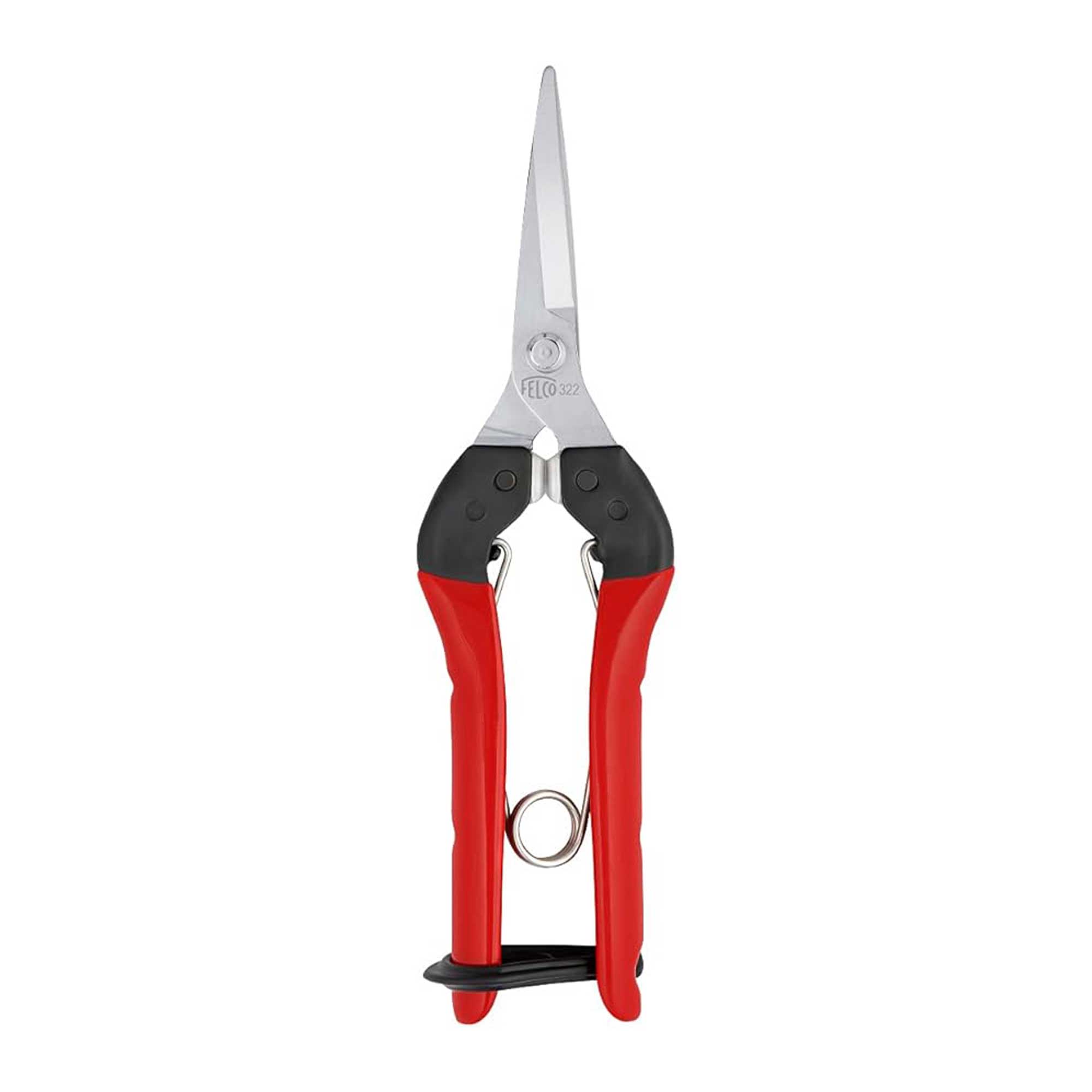You can grow bumper chili harvests in tiny, sunny spaces – our expert recommendations of the best varieties for pots (whether you like them hot or not)
Get delicious homegrown harvests of spicy or mild peppers on a balcony, deck or patio
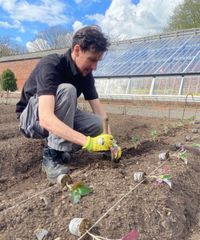
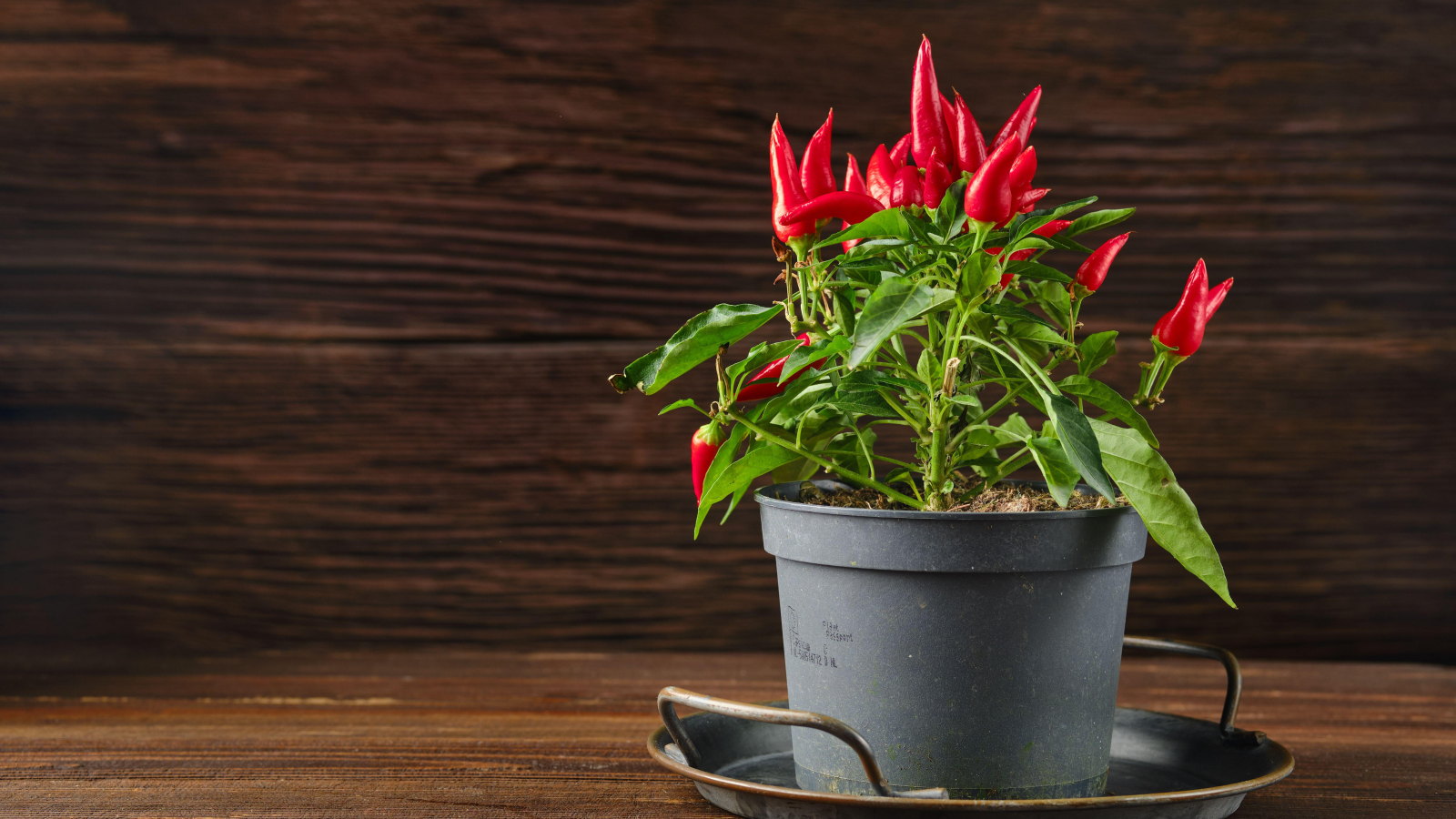
Chili peppers come in a huge range of shapes, colors, and sizes that will grow happily in containers. If you don’t have masses of space, it needn’t stop you getting a great harvest as chilis can thrive in pots in a small yard, deck, patio, or balcony.
Whether you prefer milder or spicier chilis, they will grow happily in containers provided they receive six to eight hours of direct sunlight each day and are in a good potting mix. I have had lots of success with chili peppers in pots during my time growing crops for chefs in walled kitchen gardens, and have also cultivated them in a home courtyard garden.
If you are looking to grow chili peppers in pots as part of a container garden, there are so many varieties you can choose from. To help whittle them down, I highlight some types of chili pepper that worked great for me in pots, as well as others hand-picked by a plant expert.
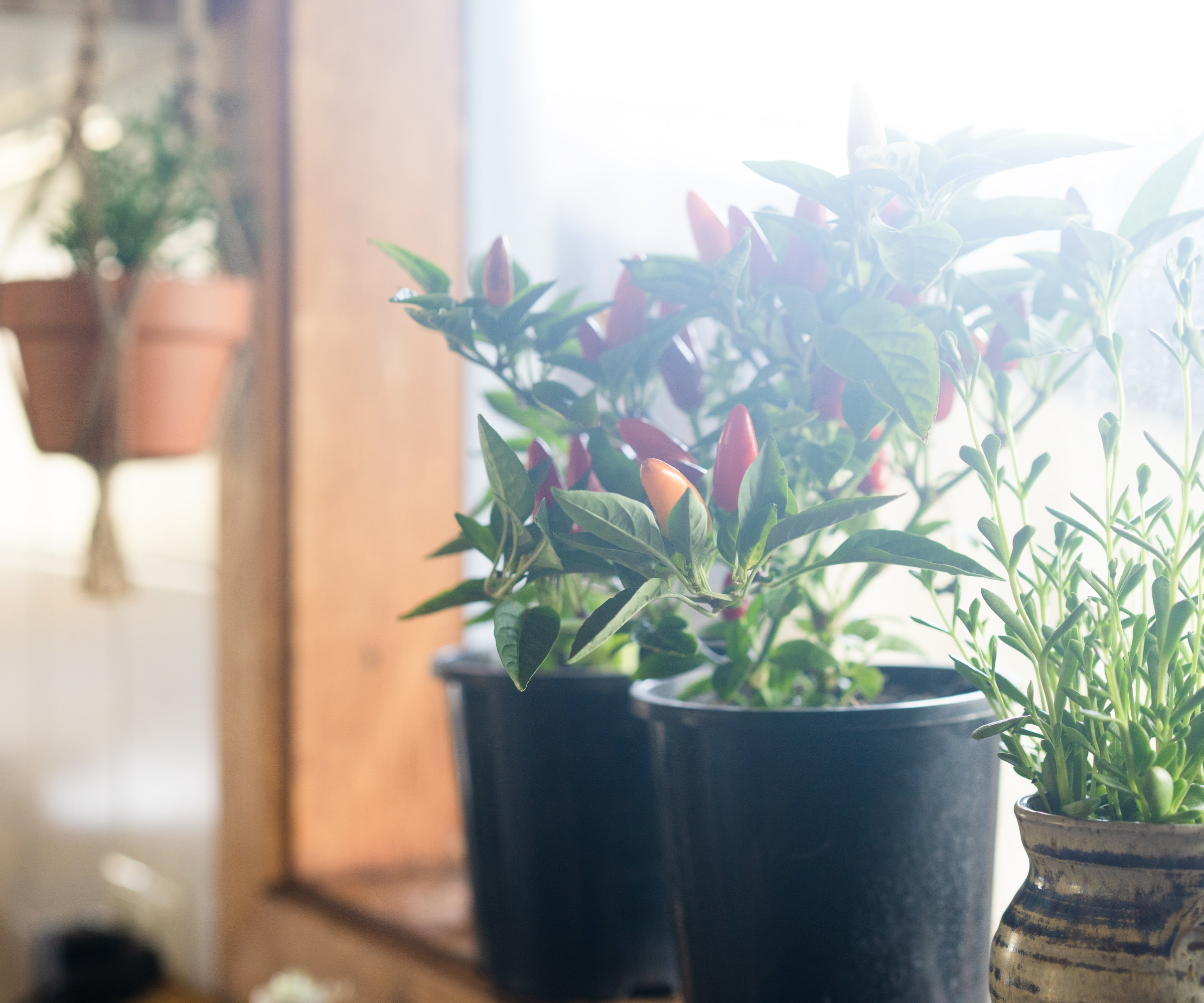
6 great chili varieties for containers – our expert recommendations
Chili peppers are ideally suited for growing in pots, but you do want to get the conditions right for them to thrive.
For example, along with providing ample sunlight, Crystal Provenzano, general manager at Eden Brothers, adds: 'Well-draining, fertile soil is important, especially for potted plants. When growing in containers, ensure they have good drainage and consider using a potting mix specifically designed for vegetables.'
A good example of such a potting mix is this organic potting mix at Amazon.
So let's take a look at some great chili varieties for containers, including how hot they are, why they are suited to growing in pots, and a few maintenance tips to get you started.
Design expertise in your inbox – from inspiring decorating ideas and beautiful celebrity homes to practical gardening advice and shopping round-ups.

Crystal is the green-thumbed maestro who’s been sowing smiles at Eden Brothers for a decade. Starting off in customer service, she’s blossomed into a garden guru and now holds the title of General Manager. But it’s not all about business meetings - this multitasking marvel is also a gardening enthusiast. From veggies to wildflowers, she’s grown it all.
Padron
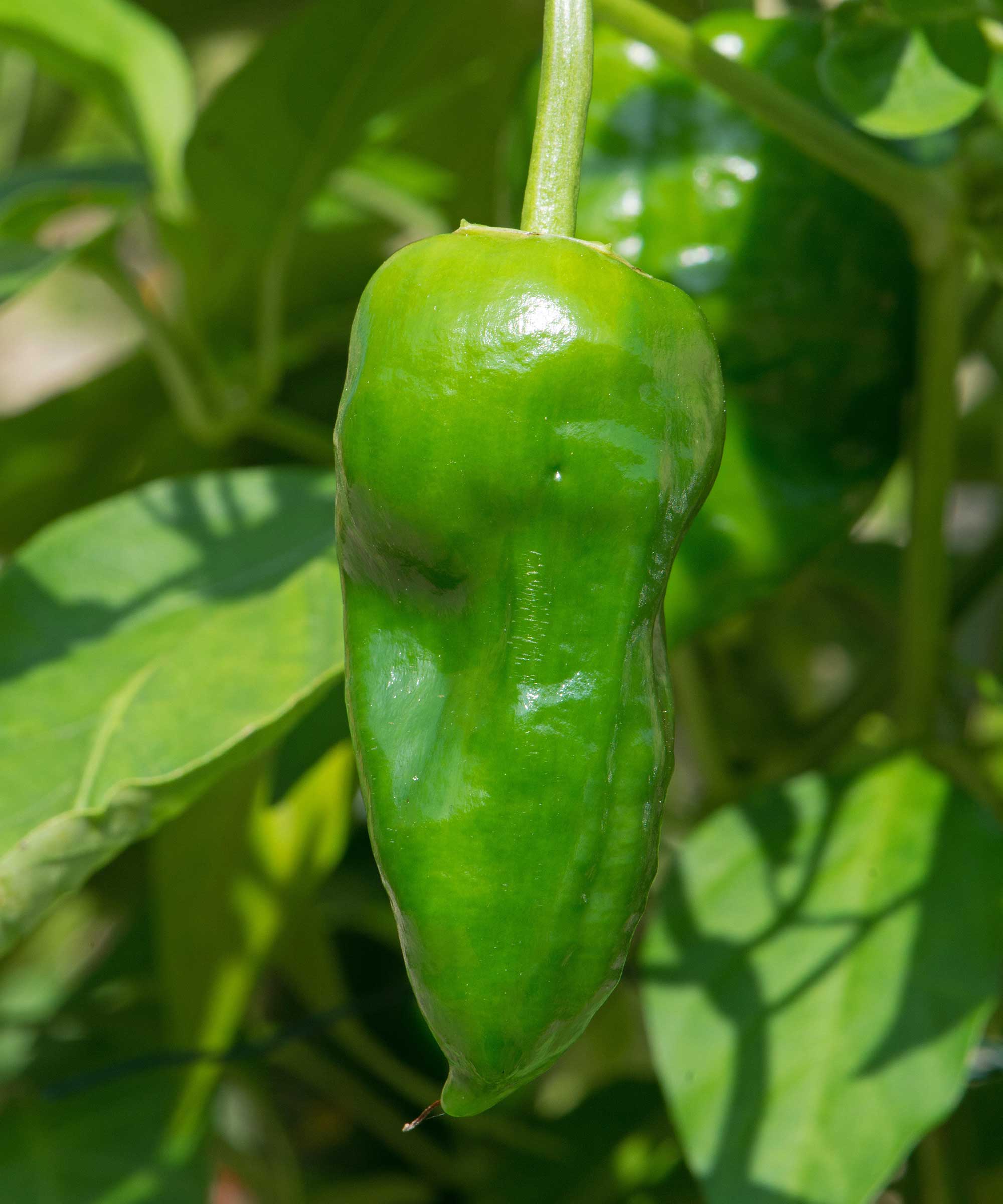
I grew padron chilis in containers in a large greenhouse with great success, as these traditional Spanish tapas peppers were hugely popular with chefs I was working with.
Padron peppers reach 3,000 to 5,000 Scoville heat units at maturity, but are usually harvested when they are younger and light-green, with a milder flavor.
The plants are medium-sized and require a large container, at least five gallons, to accommodate the plant and its root system. And, as they grow to 5-7 feet tall, need support throughout the growing season, such as tying them to a sturdy bamboo or metal stake to keep them upright – especially when they are laden with fruit.
However, the plants are very prolific, and you will get a large harvest of chili peppers from midsummer. Remember to water plants often, and to fertilize chili plants in pots every few weeks with a liquid tomato feed or seaweed-based feed.
You can get padron pepper seeds at True Leaf Market to sow
Hungarian Hot Wax
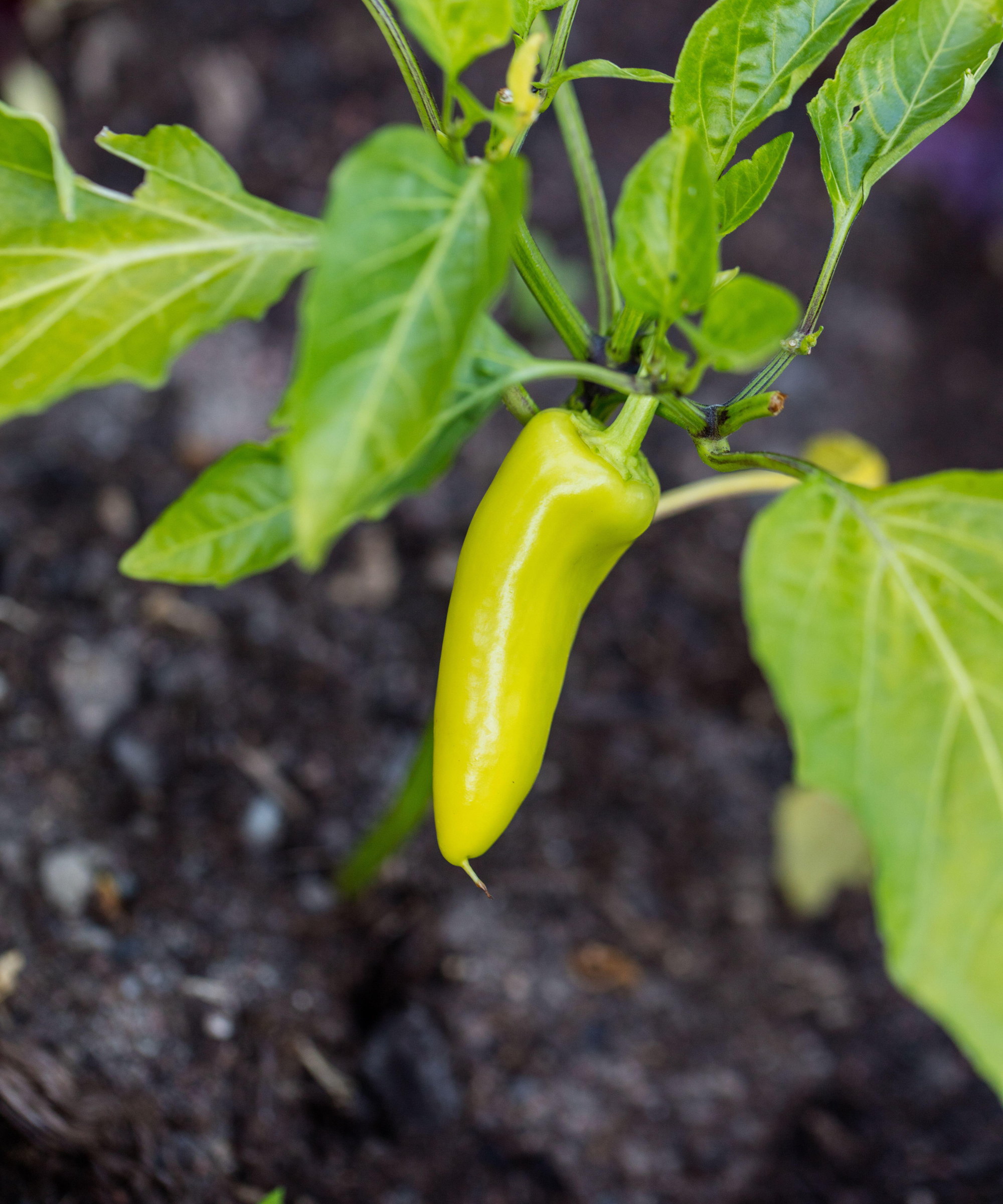
Another chilli variety that performed very well for me in containers is Hungarian Hot Wax. I found this variety to be highly productive, and the fruits ripened quickly.
The chillies can reach between 2,000 and 10,000 Scoville units, but they are best picked when yellow and immature. If you do aspire for an extra kick, the heat levels increase as the fruits turn orange or red.
Regularly check plants during summer for ripe fruits and snip them from the plant using a pair of clean and sharp pruning shears, garden snips, or scissors. Avoid tugging them from the plant, as this risks damaging the plant.
If you are after a versatile alternative, banana peppers are very similar-looking but offer a much milder flavor. Hitting only a maximum of 500 units, you can harvest banana peppers to top pizzas, add to stir-fries, pop into salads, or pickle.
You can get Hungarian Hot Wax pepper seeds at Burpee, and you can also get banana pepper seeds at Burpee.
Jalapeno
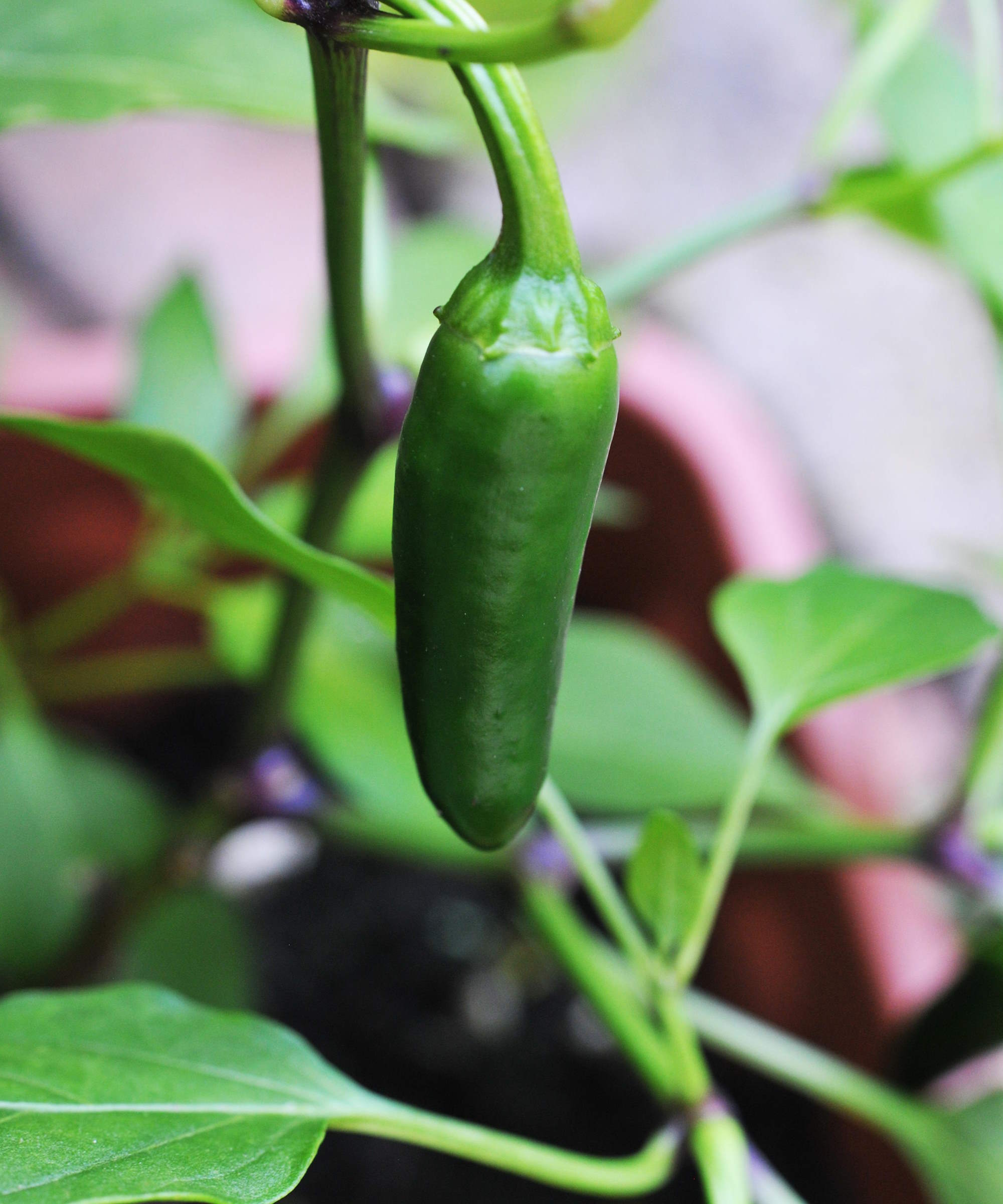
Jalapeno peppers are one of the best-known types around the world, suitable for a myriad of different uses, from classic Tex-Mex dishes to jalapeno poppers to stuffing or pickling them.
I have grown them lots over the years, and I am confident they are an annual staple on the growing plans of regular chili growers. One such fan is Rebecca Sears, a plant expert from Ferry-Morse, who says: 'A staple in the kitchen, jalapenos are compact, delicious, and thrive in containers.'
To grow jalapeno peppers in pots, use a container at least five gallons in size, filled with quality potting mix, and placed in a sunny spot.
If you want to grow jalapeno peppers, you have choices. The term jalapeno is a category, not a variety, as Rebecca adds: 'Surprisingly, not all jalapeno varieties have the same heat level.'
For example, these mild jalapeno pepper seeds at Ferry Morse have a subtle heat, while these super nacho jalapeno seeds, also at Ferry Morse, hit 8,000 Scoville heat units.

As CMO and resident green thumb for the Green Garden family of brands, Rebecca Sears nurtures the company's heritage but also looks to develop new products and solutions to help gardeners of all skill levels fuel their passion and become more successful in the garden. Rebecca has been gardening from coast to coast, first realizing her passion while living in Portland, Oregon, inspired by the public gardens throughout the city.
Cayenne
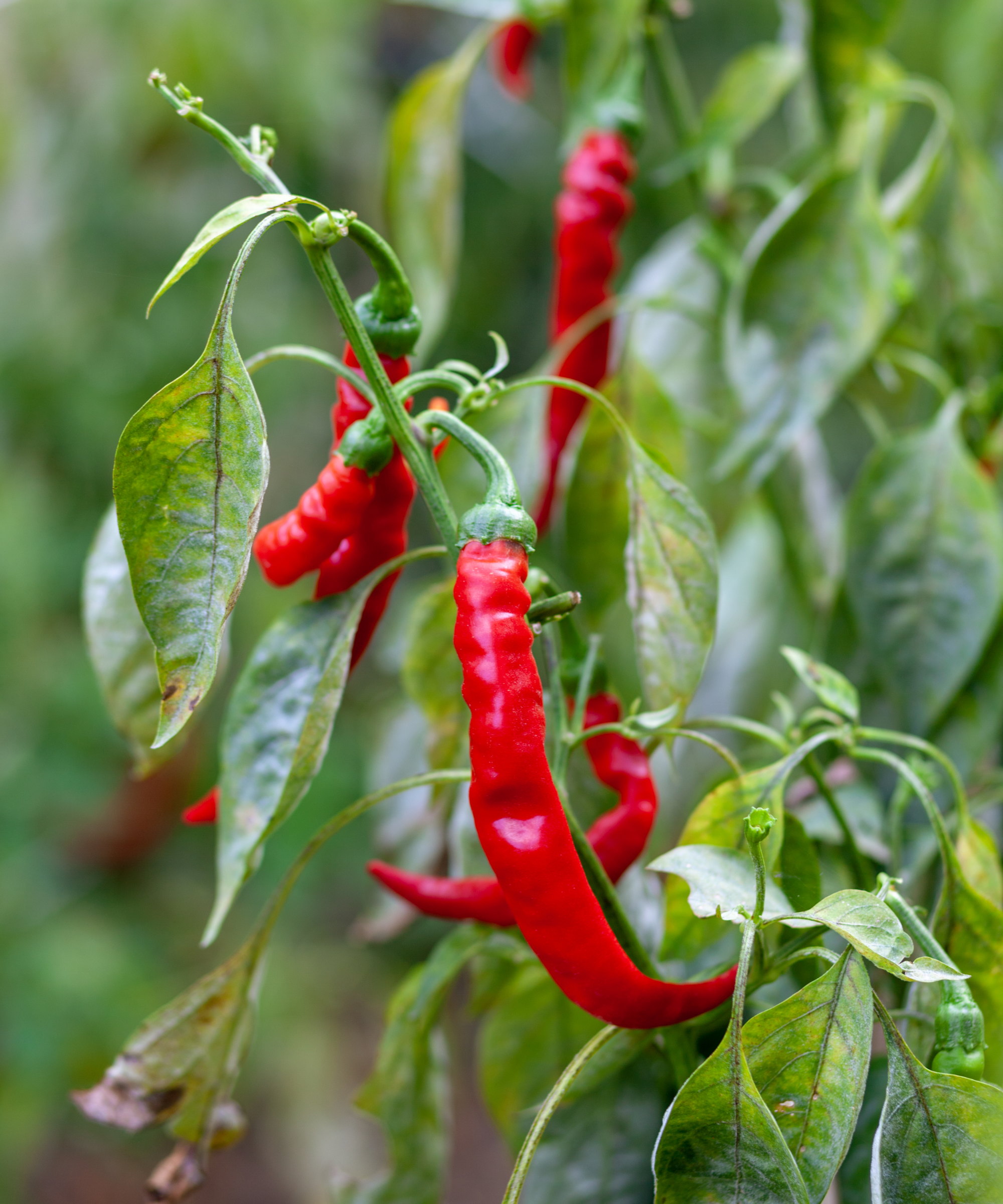
Cayenne peppers were the first ever chili I grew at home, and I am sure I won’t be alone on that front. The seeds came free with a gardening magazine, and I grew them in pots in a small urban garden I was in at the time.
Cayenne peppers are slender, medium-hot peppers that measure 30,000 to 50,000 heat units. You can pick cayenne peppers when green for a milder flavor, or let them mature and redden before harvesting.
'Cayenne peppers grow well in containers due to their slender, vertical growth,' claims Rebecca Sears. 'They offer both ornamental value and spicy flavor, and dry beautifully for year-round use.'
Cayenne peppers grow on bushy plants, but only reach two to four feet in height. Despite their slightly smaller stature, they will need support. A tomato cage, such as this pack of four square tomato cages at Walmart, offers a simple solution to keep plants upright.
You can get organic long, slim cayenne pepper seeds at Ferry Morse
Habanero
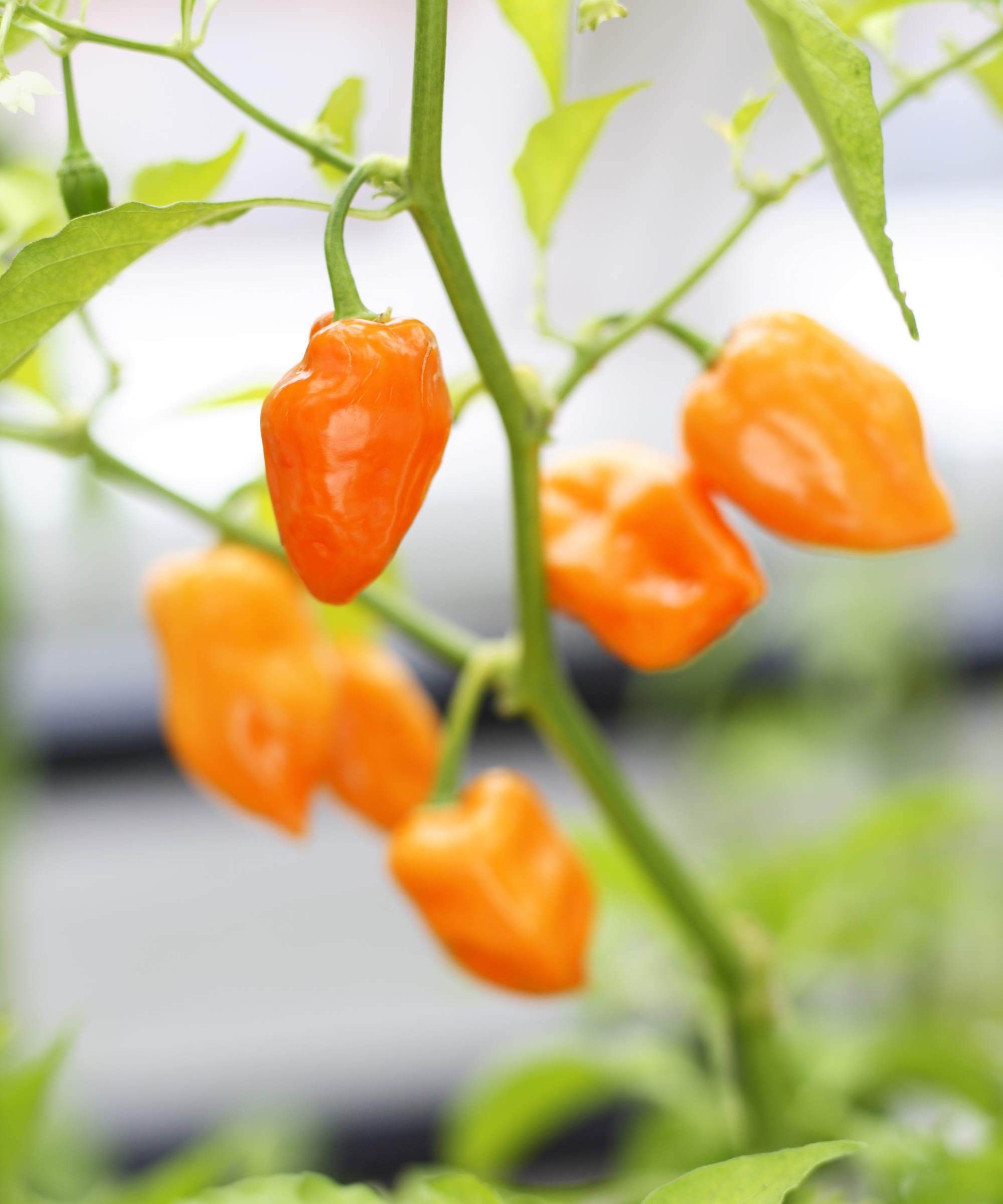
If you want to grow hotter peppers in pots, the habanero can certainly fit that bill.
'For those who love heat, the habanero has one of the highest Scoville ratings, often measuring between 100,000 and 350,000 Scoville Heat Units,' says Rebecca Sears. 'While habaneros can take a bit longer to mature, they perform well in larger pots with proper drainage and plenty of sun.'
Habanero peppers come in red, orange, white, or chocolate varieties. The white types are the least hot, and the chocolate and red types are generally the hottest options to grow. In particular, the Red Savina habanero (you can get Red Savina habanero seeds at Amazon) is specially bred for heat and can top 500,000 Scoville units.
The spiciest habaneros can be 10 times hotter than a jalapeno, but are still a long way off being the hottest chilies you can get, with the likes of Carolina reapers and ghost peppers getting into the millions on the Scoville scale.
Numex Twilight
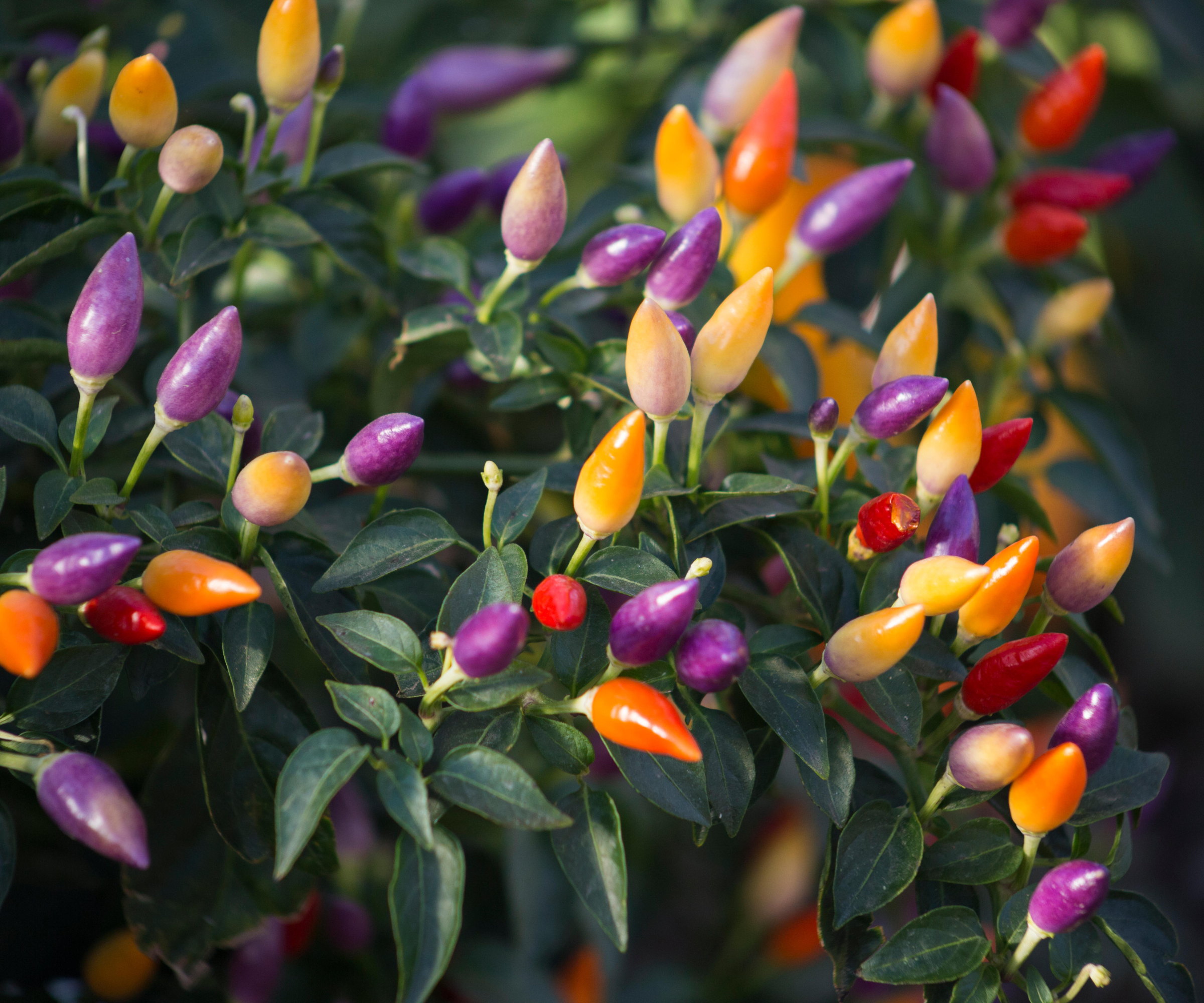
A stunning and abundant chili variety for pots is 'Numex Twilight'. This highly attractive variety produces fruits that develop in color from purple to yellow to orange to red as they ripen. As one plant can have fruits at different stages of development, it makes quite a striking addition to any space.
'Numex Twilight' was created at New Mexico University as a hybrid of a Thai pepper. It is a uniquely colorful, compact plant that reaches just 24 inches in height, and the fruits reach 30,000 to 50,000 Scoville heat units, meaning these chilies can pack a punch.
Attractive and prolific, they are worth considering as a focal point in any vegetable container garden.
You can get Numex Twilight seeds at True Leaf Market to sow at home.
FAQs
Do chili plants need big pots?
Any of the chili varieties for containers mentioned above will benefit from pots at least five gallons in size. While smaller types of chilies, such as dwarf varieties, can grow happily in three-gallon pots, medium and larger types will require pots of at least five or 10 gallons.
Once you know the best chili varieties for containers, you may consider learning how to overwinter pepper plants. Chili pepper plants are perennial in their native hot climates, and can be overwintered to grow again next year. This can be simply done by bringing container-grown plants indoors and putting them in front of a bright south-facing window to survive through the colder months.
Shop supplies for growing chili peppers in pots
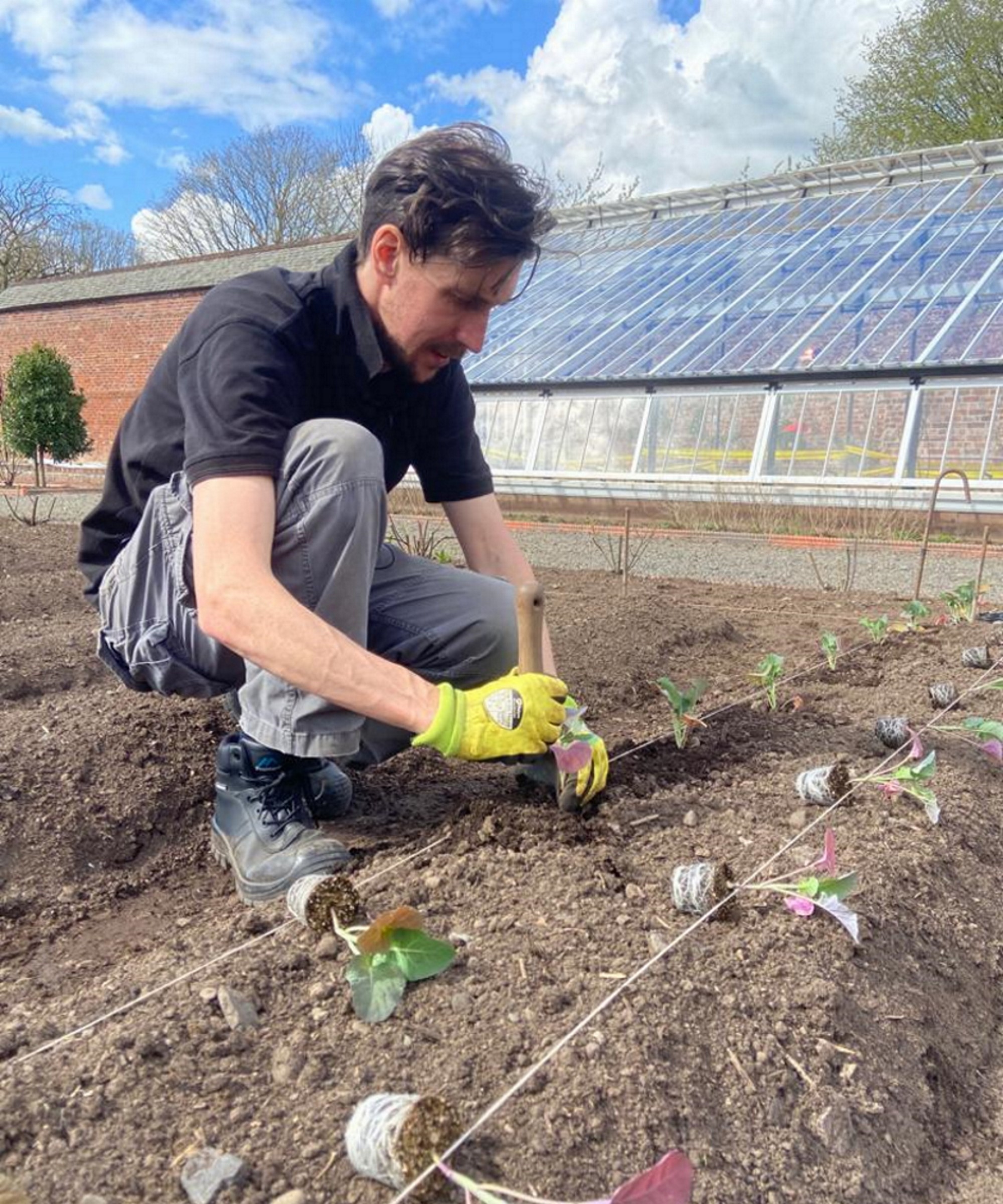
Drew has worked as a writer since 2008 and was also a professional gardener for many years. As a trained horticulturist, he worked in prestigious historic gardens, including Hanbury Hall and the world-famous Hidcote Manor Garden. He also spent time as a specialist kitchen gardener at Soho Farmhouse and Netherby Hall, where he grew vegetables, fruit, herbs, and cut flowers for restaurants. Drew has written for numerous print and online publications and is an allotment holder and garden blogger. He is shortlisted for the Digital Gardening Writer of the Year at the 2025 Garden Media Guild Awards.
